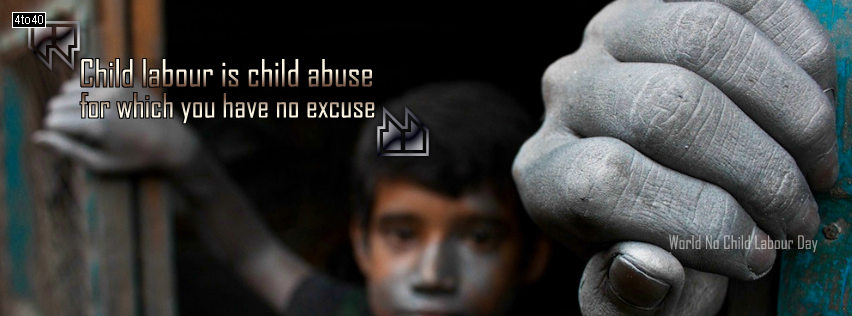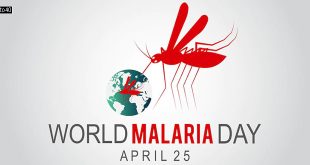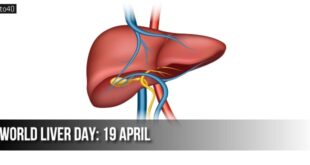World Day Against Child Labour Day is also known as Anti-Child Labour Day. It is observed on 12 June annually and highlights the impact of the crisis on child labour. The article below discusses this year’s theme, history, and significance of this day.
World Day Against Child Labour 2024:
World child labour day is observed on 12th June every year and this year the global platform is urged to be united against child labour and human trafficking, even more, considering the alarming rate of its rise.
It was reported by UNICEF and International Labour Organization (ILO) that the number of children in child labour has risen to 160 million across the world.
World Day Against Child Labour was introduced in 2002 by the International Labour Organisation. The day provides an opportunity and urges the need to generate an environment for children to grow and live a dignified life and also to fight against child labour throughout the world.
Poverty is one of the main reasons for child labour because of which children are forced to leave their school and opt for minimal jobs to support their parents for their livelihood. Moreover, some are forced into child labour by organised crime rackets.
The Day not only focuses on the suitable environment required for the children to grow and prosper but also provides an opportunity to gain support from governments, civil society, schools, youth, women’s groups and media to participate in the campaign against child labour.
Greeting Cards With Message
Theme:
This year’s World Day will focus on celebrating the 25th anniversary of the adoption of the Worst Forms of Child Labour Convention (1999, No. 182). It also presents an opportunity to remind all stakeholders to improve their implementation of the two fundamental Conventions on child labour – Convention No. 182 and Convention No. 138 concerning the Minimum Age for Admission to Employment or Work (1973).
Although significant strides have been taken in reducing child labour over time, recent years have seen global trends reverse, underscoring the pressing need to unite efforts in expediting actions to eradicate child labour in all its manifestations.
With the adoption of Sustainable Development Goal Target 8.7, the international community made a commitment to the elimination of child labour in all its forms by 2025.
Now is the time to make the elimination of child labour a reality!
This World Day Against Child Labour, June 12, 2024, we are calling for:
- The effective implementation of the ILO Convention No. 182 on the Worst Forms of Child Labour;
- Reinvigorated national, regional and international action to end child labour in all of its forms, including worst forms, through adopting national policies and addressing root causes as called upon in the 2022 Durban Call to Action;
- Universal ratification and effective implementation of ILO Convention No. 138 on the Minimum Age, which, together with the universal ratification of ILO Convention No. 182 on the Worst Forms of Child Labour achieved in 2020, would provide all children with legal protection against all forms of child labour.
- 2024: Let’s act on our commitments: End Child Labour!
- 2023: Social Justice for All. End Child Labour!
- 2022: Universal Social Protection to End Child Labour
- 2021: Act now: end child labour!
- 2020: COVID-19: Protect Children from Child Labour, now more than ever!
- 2019: Children shouldn’t work in fields, but on dreams!
- 2018: Generation Safe & Healthy
- 2017: In conflicts and disasters, protect children from child labour
- 2016: End child labour in supply chains – It’s everyone’s business!
- 2015: NO to child labour – YES to quality education!
- 2014: Extend social protection: combat child labour!
- 2013: No to child labour in domestic work
- 2012: Human rights and social justice… let’s end child labour
- 2011: Warning! Children in hazardous work
- 2010: Go for the goal…
World Day Against Child Labour: History
In 1919, the International Labour Organisation (ILO) was established to promote social justice and to set up International Labour Standards. Let us tell you that the ILO has 187 member states. The Kingdom of Tonga, a South Pacific island nation, became the 187th member State of the International Labour Organization (ILO). Since then, the ILO has passed several conventions to improve the conditions of labour across the globe. Not only this, but also provides guidelines on matters like wages, working hours, favourable environment etc.
In 1973, ILO Convention number 138 was adopted and focused on the minimum age for employment. It aims the member states to raise the minimum age of employment and to abolish child labour. In 1999, the ILO convention number 182 was adopted and was also known as the “Worst Forms of Child Labour Convention”. It aims to take necessary and immediate action to eliminate the worst form that is child labour.
What constitutes Child Labour?
According to the International Labour Organisation, child labour is “work that deprives children of their childhood, their potential and their dignity and that is harmful to physical and mental health”. That is such type of work that deprives the children of their right to education and dignified living. ILO also says that child labour is such type of work which have physically, mentally and socially consequences on the children and damages them in some or the other way. In fact, any type of work that stops children to take school education is also child labour. It is categorised into three forms: work that deprives the children of the opportunity to attend school, work that forced a child to leave school at an early age and work that requires children to attend school but with the heavy workload.
Significance:
This day mainly focus on the children development and it protects the right of education and dignified life for the children. Therefore, it is important to achieve the Sustainable development Goals (SDGs) by 2030 as propagated by the UN. Several organisations, ILO etc. are making efforts to curb the child labour. But we should also be responsible and take our duties to help in eliminating child labour. It is correctly said that the child that comes out of child labour comes to know his or her potential and self-worth. They began to enjoy life, human rights and live a dignified life. No doubt such children will also contribute to the economic and social growth of the country and also of the world. Children are the future of the country, isn’t it!
World Day Against Child Labour Facebook Covers
Some Facts about Child Labour:
According to the UN,
- Around 160 million children between the ages of 5-17 were in child labour and almost half of them that is around 73 million are in hazardous child labour.
- Almost 48% of victims of child labour were aged 5-11, 28% were 12-14 years old and 24% were 15-17 years old.
Stop Child Labour, Protect the right of children, educate them, and support them!
 Kids Portal For Parents India Kids Network
Kids Portal For Parents India Kids Network






![World Day Against Child Labour [12 June] - Facebook Cover](https://www.4to40.com/wp-content/uploads/2016/06/World-Day-Against-Child-Labour-Facebook-Cover.png)






